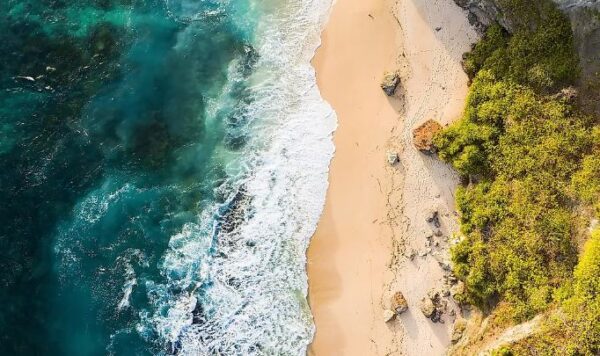
1. Canada
A vast expanse in North America, ranks as the world’s second-largest country, whereas its coastline, the longest globally at approximately 202,080 km, borders the Pacific, Atlantic, and Arctic Oceans. While most provinces and territories have coastlines, exceptions like Alberta and Saskatchewan lack coastal areas. The Canadian coastline features varied ecosystems but lacks tropical features like mangrove swamps and coral reefs.
2. Indonesia
Despite not ranking in the top ten countries by land area, it has the third-longest coastline globally. Spanning around 99,083 km, Indonesia’s coastline showcases diverse landscapes shaped by nature and human intervention. Mangrove forests thrive in regions like Kalimantan and Papua, while prawn cultivation is common along coasts like northern Java. Picturesque coastal areas in eastern Indonesia and parts of Java and Sumatra attract tourists with their natural beauty and cultural richness.
3. Norway
Situated in Scandinavia, is renowned for its dramatic coastline extending over 58,133 km. Facing the North Atlantic and Barents Sea, Norway’s irregular topography features fjords and islands. Cities like Oslo are nestled along its shores, drawing tourists to witness its breathtaking landscapes and the Northern Lights.
4. Russia
The world’s largest country, has a coastline stretching over 37,653 km. Its shores border the Pacific and Atlantic Oceans, the Arctic Ocean, and several seas. Major cities like St. Petersburg and Vladivostok are located along its shores, serving as hubs of culture and commerce.
5. The Philippines
It’s an archipelagic nation in Southeast Asia, comprising over 7,600 islands with a coastline spanning 36,289 km. Characterised by an irregular coastline with numerous islets, bays, and gulfs, its coastal areas are densely inhabited. Coastal fisheries play a crucial role in livelihoods, with around 60% of the population residing along the coast. The Philippines’ scenic shores attract tourists for beach activities, diving, and nature exploration.

